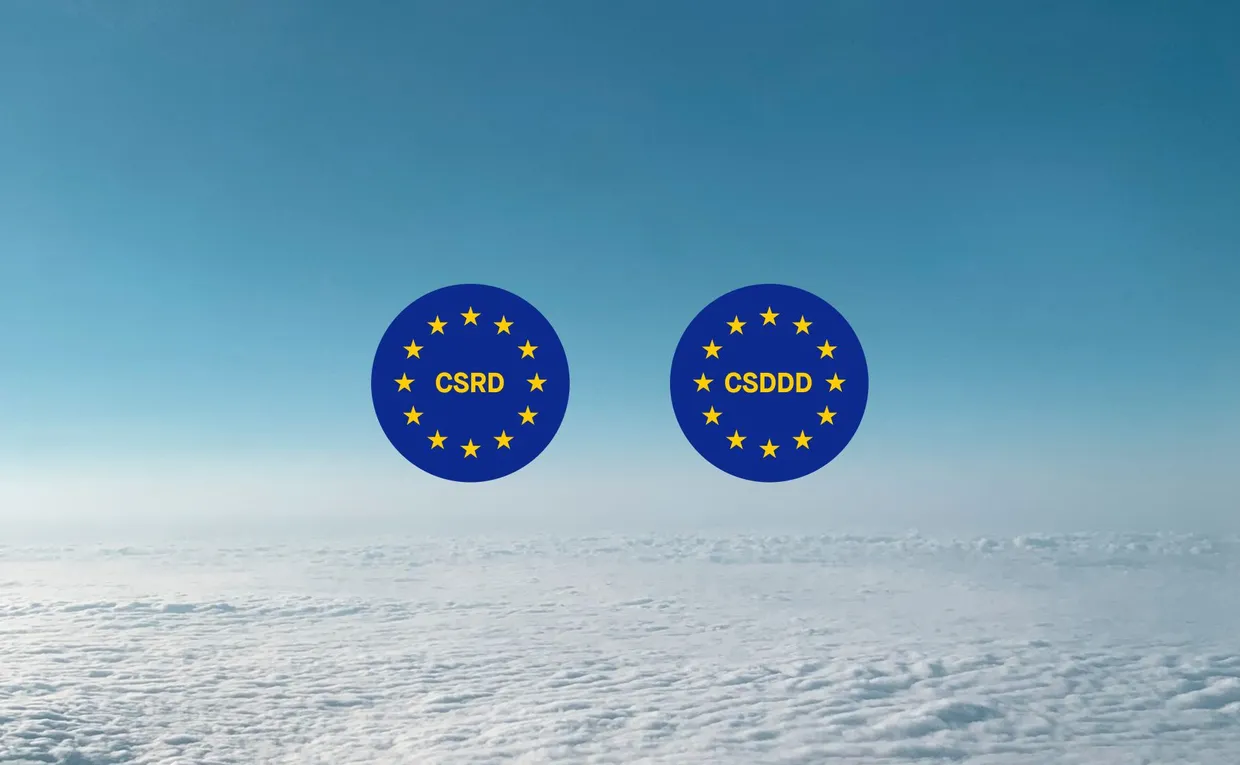Businesses and organizations of all sizes have an increasingly important role to play in reducing carbon emissions and transitioning to a more sustainable future. In the United Kingdom, one of the key initiatives aimed at driving this transition to a low carbon economy is the Streamlined Energy and Carbon Reporting (SECR) framework.
Why has SECR been implemented?
SECR is a framework introduced by the UK government in April 2019 that requires both registered and unregistered companies to report on their energy use and carbon emissions.
SECR aims to simplify and streamline the carbon and energy reporting requirements for businesses, while also providing greater transparency and consistency in the reporting of UK energy. The framework builds on previous reporting requirements, including the Carbon Reduction Commitment (CRC) Energy Efficiency Scheme and the Mandatory Greenhouse Gas Reporting (MGHG) regulations.
Who needs to comply with the SECR framework?
The SECR framework applies to all UK incorporated, quoted companies and large UK private organisations and LLPs, regardless of their sector. A company is defined as "large" if it meets at least two of the following criteria in a financial year:
-
Turnover of £36 million or more
-
Balance sheet total of £18 million or more
-
250 employees or more
Some public sector organisations, such as NHS Trusts and government departments, are exempt from SECR. However, they may be subject to similar reporting requirements under other legislation.
If you are reporting at group level, you must ensure that you include any subsidiaries that meet the above criteria. If your subsidiaries are captured, they are not required to report in their own annual report. However, you can exclude any subsidiaries that are under the threshold.
If you're a large unquoted company or LLP and can demonstrate that your energy use during the reporting period is less than 40 MWh, you will be exempt from SECR reporting.
SECR will be enforced by The Conduct Committee of the Financial Reporting Council.
What are businesses required to report?
Under SECR, eligible businesses are required to report on their energy consumption and associated greenhouse gas emissions, as well as their energy efficiency actions.
Requirements for quoted companies
SECR mandates quoted companies to gather and disclose the following annual information:
-
Scope 1 and 2 greenhouse gas (GHG) emissions globally – Companies are required to track, compute, and report their GHG emissions from direct operations. While reporting scope 3 emissions is voluntary, it is recommended.
-
A GHG emissions intensity ratio – This is an intensity metric that compares a company's greenhouse gas (GHG) emissions data to an appropriate business metric or financial indicator. For example, a common emissions intensity ratio is CO2e per employee or carbon dioxide equivalent (CO2e) per unit of revenue.
-
Underlying global energy use – The energy use underlying a company's carbon calculations.
-
Energy and GHG data from the previous year – The figures from the previous reporting year or period for energy use and GHG, for year-on-year comparison.
-
Projects to enhance energy efficiency and reduce emissions – A descriptive account of a company's main activities and initiatives during the reporting period to improve efficiency or reduce energy consumption.
-
Reporting methodology – SECR suggests using widely recognized independent sustainability reporting standards, such as: GHG Reporting Protocol, ISO 14064-1:2018, or GRI (Global Reporting Initiative) guidelines.
Requirements for unquoted companies, LLPs and other organisations
For non-quoted companies, including large limited liability partnerships (LLPs) the following disclosures are required by SECR:
-
Domestic scope 1 and 2 GHG emissions – Companies must inventory, calculate, and disclose their country-specific GHG emissions from direct operations. Reporting of scope 3 emissions is voluntary.
-
An emissions intensity metric – which compares a company's greenhouse gas (GHG) emissions data to an appropriate business metric or financial indicator.
-
Domestic energy usage – Energy use and consumption within the country underlying the entity's carbon calculations.
-
Previous year emissions and energy data – The previous reporting year or period's figures for energy use and GHG, for year-over-year comparison
-
Energy efficiency and emissions reduction projects – An outline of the main initiatives and projects undertaken during the reporting year to improve energy efficiency or reduce energy usage.
-
Reporting methodology – SECR recommends the use of widely recognized independent sustainability reporting standards, such as: GHG Reporting Protocol, or GRI Global Reporting Initiative (GRI) guidelines.
Note that under the SECR, there is a "comply or explain" clause that permits you to leave out information if it is not possible to obtain it, but you must provide an explanation for what has been excluded and why.
What voluntary information can companies include?
HM UK Government provides additional voluntary recommendations for more comprehensive SECR reporting. These suggestions include aligning with Task Force on Climate-related Financial Disclosures (TCFD) recommendations for reporting forward-looking financial risks and opportunities related to climate change, external verification or assurance. This is to ensure consistency, completeness, and accuracy of disclosures, and reporting of scope 3 emissions if they form a significant part of your company’s carbon footprint.
Companies are encouraged to set science-based emissions reduction targets that surpass the requirements for reporting on the current and previous financial years. They are also urged to assess the materiality of emissions to gain a better understanding of their environmental impact. These and other recommendations are provided to assist companies in following best practices, enhancing their reports, and providing stakeholders with more comprehensive information to support decision-making.
How should businesses report on their emissions?
To make complying with SECR more manageable for businesses, the government has opted for an energy and carbon reporting system that relies on the annual reports of individual companies. This means that you do not have to submit electronic reports to a central database at this stage.
What are the benefits of SECR?
The Streamlined Energy Carbon Reporting (SECR) framework offers a range of economic and environmental benefits.
A framework for measuring UK energy use
SECR aims to promote carbon reporting and energy efficiency measures. Primarily, it provides a standardised framework for reporting energy consumption and carbon emissions across all sectors and industries. This allows companies like yours to easily compare their performance against their peers, and to identify opportunities for improvement and best practices.
Operational cost savings
SECR also provides companies with a range of tools and resources to help them increase energy efficiency and reduce their carbon emissions. This includes guidance on implementing energy management systems, conducting energy audits, and identifying opportunities to lower global energy costs.
Transparency for stakeholders
In addition to supporting companies to reduce their environmental impact, SECR also provides a range of benefits to stakeholders. By providing greater transparency and accountability around a company's energy use and carbon emissions, SECR enables stakeholders to make more informed decisions about the companies they invest in, partner with, or do business with.
Energy efficiency action
SECR also helps to drive innovation and competitiveness within industries, by encouraging companies to find new and innovative ways to reduce their energy use and carbon emissions. This can lead to cost savings, increased efficiency, and improved competitiveness for businesses, while also reducing their environmental impact.
What are your next steps for SECR compliance?
Want to make sure you're complying with the Streamlined Energy and Carbon Reporting (SECR) framework? Here are the first steps you need to take:
-
Identify your reporting boundary: You need to determine which entities you should include in your reporting and set the reporting boundaries accordingly. Remember to consider your group structure, subsidiaries, and joint ventures.
-
Collect data: You should then collect environmental impact data on your energy consumption, GHG emissions, and other required metrics, ensuring the data is accurate and reliable, and can be reported in a consistent and transparent manner.
-
Calculate and report your emissions: Calculate your GHG emissions according to the SECR requirements and report energy and carbon data in your annual report. You should include data on your global scope 1 and 2 emissions, and you may include voluntary reporting on scope 3 emissions.
Find out more about how Sweep can help you comply with the SECR.



